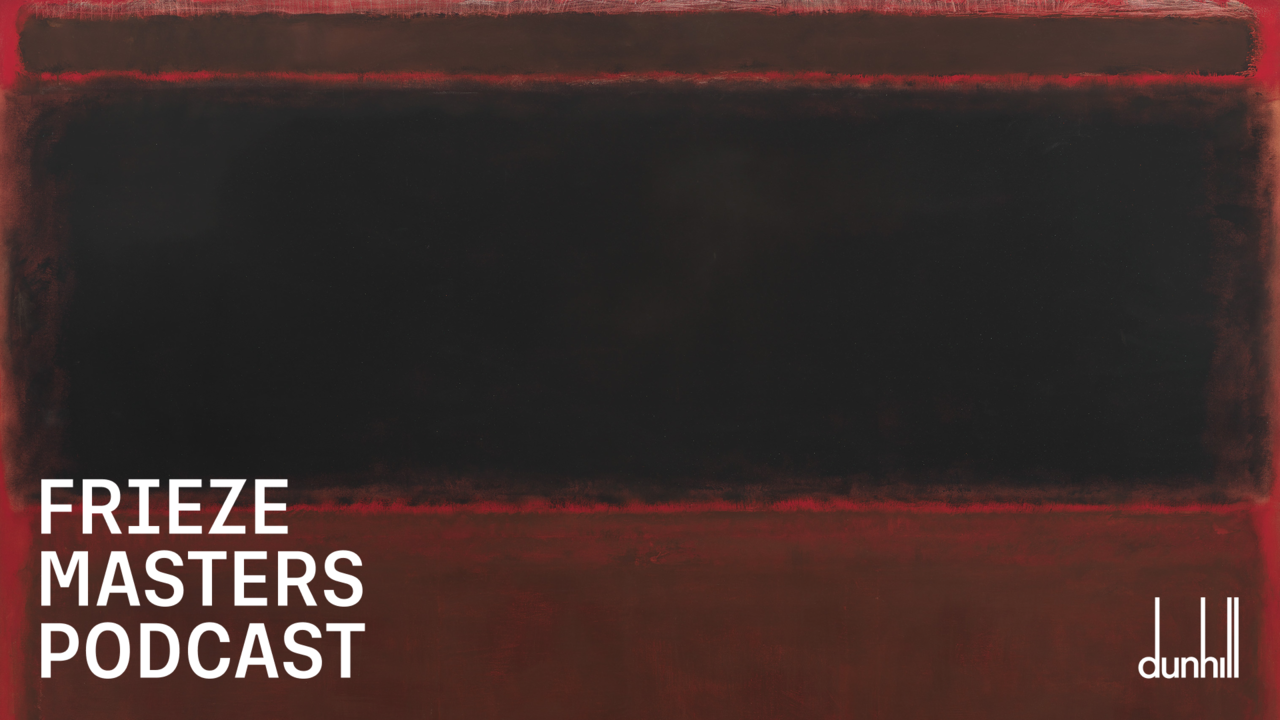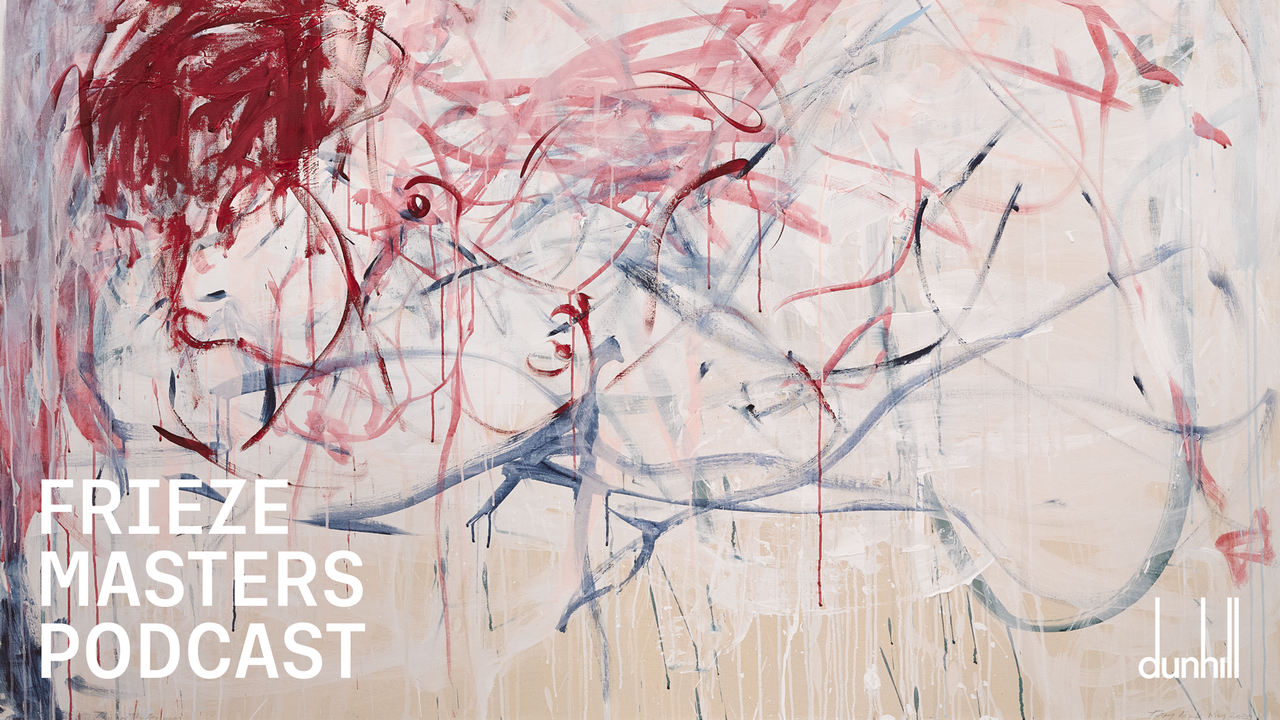The Future is...
Club culture turn strictly business at BerlinBETA '98
Club culture turn strictly business at BerlinBETA '98
It's become a cliché that clubs and the culture associated with them thrive in Berlin. Image-makers have worked hard on this aspect of the city, which is probably why the kind of party expectations that fly around what the publicists are calling 'East Berlin's backyards' are frequently fulfilled. There isn't a TV report or a magazine feature that doesn't make some reference to the illegal, one day a week bars, and with a DJ stuck in the corner of every basement dive, the club phenomenon is taken for granted. Entrepreneurs have taken things further with set-ups like Galerie Berlintokyo that combine music, dance and art. The stars of this scene, like DAG or the omnipresent Jim Avignon, have been quickly snapped up for big industrial commissions - Avignon is now painting his cheerful, coloured figures on cars for VW and planes for Deutsche British Airways. Other representatives of new Berlin creativity, working in tiny record companies and graphic design agencies, are less visible, but equally sought-after. And, not least, there is July's Love Parade, which now has about a million participants. The 'biggest youth-culture event in the world', it has become a TV and arts-page fixture, marketing club culture to the masses.
The '98 Youth Festival', held during the BerlinBETA conference in August, offered a cross-section of Berlin's cultural practice. Aimed at young, ambitious, would-be entrepreneurs, the conference consisted of mundane panels on subjects like 'Money for New Media - Why is it so Hard to Find?' or 'The Working World of the New Media Industry'. More entertaining club events followed the panels, as well as an underground film festival presenting rare old movies and premiering new ones such as Harmony Korine's Gummo.
Underground values also influenced the choice of venue: the East Berlin Congress Centre in Alexanderplatz, once a showpiece for the old GDR. Much Modernist GDR architecture is out of favour, threatened with demolition to make way for the new capital, but the Congress Centre, with its square structure, high dome and glazed galleries, manages to radiate both retro-chic and futurism. (The video for a Eurodance rip-off of The Verve's Bittersweet Symphony by Mark van Dame & Enrico has young people clambering about on white, futuristic-looking buildings around Alexanderplatz.) The event's design could have even been taken for ordinary club decor had it not been so hyped: flashing, beeping structures; bars supported by cardboard boxes and computers; Jan Svankmajer's Alice in Wonderland cartoon with specially mixed electronic music; and Rineke Dijkstra's film The Buzzclub/ Mystery World about the British club scene.
The first 'Youth Festival' was held last year in the nearby Volksbühne, a venue for new left-wing cultural practices, and promised to further emancipatory counter-cultural work through a mixture of music, dance and theory. Its most spectacular speaker was Christoph Schlingensief who had recently been arrested at documenta for shouting 'Kill Helmut Kohl!'. Subsequently, as founder of the Chance 2000 party, Schlingensief has set himself up as a media-situationist advocate for the unemployed and other social outcasts.
In the 1998 version, innovation became the image. The festival motto - 'In the Mix' - suggested that it didn't matter who does what and why, as long as you do something. With two of the guest stars (rapper Bahamadia from Philadelphia and Tracii McGregor, editor of the New York HipHop magazine The Source) dropping out, the 'Club Culture meets Feminism' section was reduced to a round-table discussion. This turned out to be little more than a plea from female producers for more involvement in the traditionally male-dominated business of DJ-ing, making music and running magazines. A more fundamental social criticism was not attempted and fatherly types offering pseudo-helpful tips only made matters worse.
Even so, this event was fairly well-attended; the three venues had been soberingly empty earlier in the evening. The Hamburg/Berlin performance group She She Pop found their intimate act staged in almost complete privacy, and even when Simon Reynolds introduced his book Energy Flash (1998) with a short history of rave and its associated drugs, there were a lot of empty seats. Few seemed to care for the historical approach.
Other conference panels followed the movement of money very closely, concentrating on success and the thorny path that leads to it, usually via inevitable conflict with the state institutions - identified as enemy number one. Young film producers and older men attempting something new put their weight behind the private model for film funding: private finance would make people want to succeed, the pressure would be greater and thus the product would ultimately be more marketable. Participants in the print-media discussion also emphasised flexibility - even senior editors have to sell a bit of advertising now and then, admitted the delegate from jetzt, the Süddeutsche Zeitung's weekly trendy youth supplement.
The programme brochures and press previews concentrated on the key words 'networking' and 'focusing energies', but to a large extent this ran counter to the very individual nature of the more dynamic contributors. Some illustrious minds shared their thoughts on 'Berlin as a City of Culture, Media and Entertainment from a Personal Point of View'. The director of Partners for Berlin - Company for Capital City Marketing, for example, although a complete professional when it came to creating a vibe under the Brandenburg Gate, simply praised anyone who gets anything going. An employee of MTV Hamburg (one of the two women on the eight panels) explained why Berlin is not the most attractive location for the music business, and was supported in this by a German employee of a London record company. London is unlikely to be overtaken by Berlin in the near future, but at least the German capital had focused its aims: to follow 'Cool Britannia' with 'Creative Berlin'.
While the experienced Cologne-based company Musik Komm had done a lot of the background work for BerlinBETA, Marc Wohlrabe was the festival's front man. Wohlrabe has been much fêted in the press as a new type of entrepreneur, featuring in magazines as diverse as the financial magazine Econy and the women's magazine Allegra. Leaping to fame at a tender age by publishing Flyer, a free city magazine, Wohlrabe straddles the old, conservative entrepreneurs and the club/youth economy: he aims to 'move it, push things ahead, fight the foot-draggers and doubters'. While this may sound progressive, it also echoes a famous saying by stuffy German president, Roman Herzog, that 'Germany has to pull itself together'. Partners for Berlin, those subversive advocates of the city, recently arranged for Wohlrabe and Berlin Biennale director Klaus Biesenbach to fly to New York to promote Berlin as a cultural venue. Characteristically, Wohlrabe took the opportunity to begin work on a New York version of Flyer.
This is not to conjure up a wicked opponent who is exploiting unsuspecting, innocent youth culture. If the desire for a genuine underground makes any sense at all, this would have been as good a place as any to articulate it, but what became clear was that this kind of activism is already just a counterpart to ultra-hard entrepreneurism. (Some go-getters had even posted up cards with tear-off telephone numbers in the hope of finding financial partners.) Decision-makers may now say 'commitment' instead of 'investment', but this is not exactly a distortion: anyway, their audience appreciates the effort. In the end, most of the spectators were astonishingly receptive to all the unspecific talk of 'creative minds' and 'innovative potential', happy to see their underground culture finally establishing itself as a serious business.














